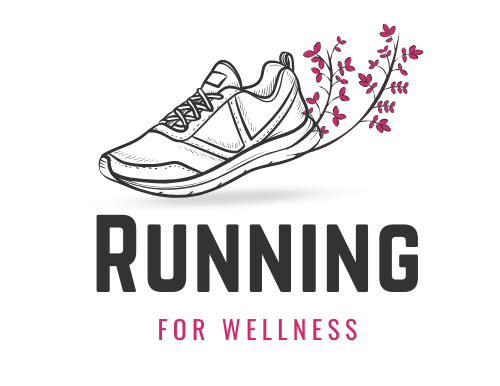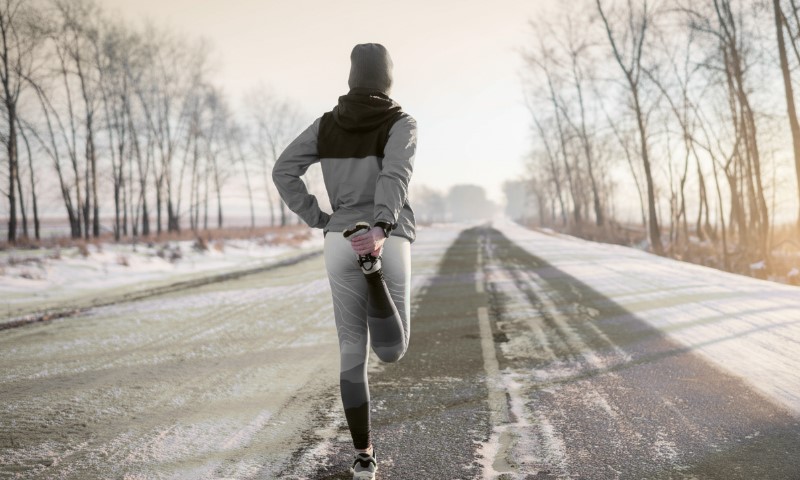Every year, as temperatures drop and daylight fades, millions of people notice a subtle but unmistakable shift in their mood. Some feel less motivated, others find it harder to get out of bed, and many experience a heavy sense of fatigue that wasn’t there during the summer.
This isn’t a coincidence. It’s biology reacting to environmental change. The concrete truth is that regular physical activity can prevent and even reverse these seasonal mood shifts by restoring chemical balance in the brain, supporting sleep rhythms, and sustaining emotional stability.
Exercise, more than any supplement or short-term fix, acts as a natural antidepressant, especially when light and warmth are in short supply.
Table of Contents
ToggleWhy Colder Months Affect Mood

When sunlight decreases, the brain produces less serotonin, the neurotransmitter that helps regulate happiness and focus. At the same time, melatonin production increases, leading to feelings of drowsiness and lethargy.
This imbalance can cause what’s commonly known as Seasonal Affective Disorder (SAD), a clinical form of depression that surfaces primarily in fall and winter. Even those who don’t meet diagnostic criteria can feel the impact through irritability, cravings for carbohydrates, and a general loss of motivation.
From a scientific standpoint, light exposure plays a crucial role in synchronizing our circadian rhythm, the internal 24-hour clock that manages energy, hormones, and mood.
When that rhythm is disrupted, it becomes harder to wake up feeling rested or stay productive throughout the day. Exercise helps reset that rhythm by mimicking the biological effects of daylight: increased blood flow, endorphin release, and core body temperature regulation.
How Exercise Reverses Seasonal Slumps
Physical activity acts like an internal reset button for the nervous system. It influences several biological systems simultaneously, neurological, endocrine, and immune, making it an all-in-one defense against winter sluggishness.
| Mechanism | What Happens in the Body | Mood Effect |
| Endorphin surge | Triggers natural opioid release in the brain | Improves mood, reduces pain perception |
| Serotonin regulation | Increases serotonin availability | Enhances motivation and emotional stability |
| Cortisol control | Balances stress hormone levels | Reduces tension and anxiety |
| Body temperature rise | Mimics sunlight’s warming effect | Promotes relaxation and comfort |
| Neurogenesis | Grows new neurons in mood-related areas like the hippocampus | Strengthens emotional resilience |
Regular movement, particularly moderate-intensity activities such as brisk walking, cycling, or yoga, increases oxygen supply to the brain and helps neurotransmitters function more efficiently. That’s why even short daily sessions can have a tangible psychological impact within just two to three weeks.
Movement, Light, and Circadian Balance

Light exposure remains one of the strongest mood regulators, and exercise amplifies its benefits.
A morning jog or even a quick outdoor walk exposes your eyes to natural light that suppresses excess melatonin and promotes serotonin.
That’s particularly valuable during winter when sunrise is late and many people spend the day indoors.
Research from the Journal of Affective Disorders in 2024 showed that individuals who combined physical activity with daylight exposure at least three times per week experienced a 34% reduction in depressive symptoms compared to sedentary individuals.
Morning exercisers also showed more stable sleep cycles and fewer mood swings.
Consistency, not intensity, proved to be the decisive factor. The body’s internal clock doesn’t respond to sporadic effort; it thrives on rhythm.
Regular exercise, at roughly the same time each day, teaches your brain when to release energy and when to rest.
How Movement Rewires the Brain for Winter Resilience
The brain is plastic; it changes structure and function depending on behavior. Physical activity increases the production of brain-derived neurotrophic factor (BDNF), a protein essential for neuronal growth and communication.
Higher BDNF levels are linked with sharper thinking, emotional balance, and faster recovery from stress.
At the same time, exercise improves dopamine signaling. This matters because dopamine governs motivation, reward, and attention, all of which tend to dip during cold, gray months.
By staying active, you are quite literally reprogramming your brain to seek engagement rather than withdrawal.
The Social and Emotional Component
While biology is the foundation, the human connection strengthens the effect. Joining a running group, gym class, or even a virtual community introduces accountability and social reinforcement.
People are far more likely to stay active when others expect them to show up. Moreover, social exercise releases oxytocin, the bonding hormone that lowers blood pressure and creates a sense of safety.
Indoor exercise options such as dance, group fitness, or indoor cycling can mimic this same social chemistry, offering emotional warmth even when the environment outside feels cold and isolating.
Technology’s Role in Seasonal Well-Being
Modern tools now make it easier to maintain emotional balance through winter. A virtual counselor can track daily mood trends, physical activity, and sleep data to detect early signs of seasonal decline.
By combining behavioral coaching with real-time feedback, these systems help individuals stay consistent and identify patterns before they spiral into full depressive episodes. When integrated with wearable devices, virtual support provides a personalized, data-driven way to stay emotionally aligned through dark months.
Realistic Exercise Habits That Make a Difference
Not everyone enjoys running in the cold or lifting weights in a crowded gym. What matters most is finding a routine that feels sustainable and flexible. Here are practical approaches that fit any schedule:
- Morning light walks – Even 15 minutes outdoors can reset melatonin and lift alertness.
- Indoor movement sessions – Try resistance training, yoga, or stretching near a window to combine activity and light.
- Weekend outdoor goals – Hiking or skiing once a week provides both exercise and natural light exposure.
- Micro-sessions – Break up sedentary time with short bursts of movement; three five-minute walks can equal one long workout in terms of mood effect.
- Routine-based cues – Pair movement with daily triggers like finishing coffee or taking lunch breaks. The key is automatic consistency.
How Physical Activity Builds Long-Term Resistance
Over time, consistent exercise changes the body’s baseline chemistry. It improves mitochondrial efficiency, stabilizes insulin response, and lowers chronic inflammation, all factors linked to depression and fatigue.
People who maintain regular physical activity through winter not only experience fewer emotional dips but also show stronger immune function and better sleep quality.
This cumulative resilience means winter becomes a season of maintenance rather than decline. Instead of chasing energy through caffeine or comfort food, the body generates it internally through balanced neurochemistry.
The Broader Picture
Physical activity is not just about burning calories or shaping muscles; it’s an environmental adaptation tool. Just as animals migrate or hibernate, humans evolved to use movement as a survival mechanism during resource-scarce months.
Today, the same principle applies in a modern context: moving your body tells your brain that you are active, capable, and not in crisis. That message reduces perceived threat and builds emotional stability.
The colder season may restrict sunlight, but it doesn’t need to restrict well-being. Movement remains the most accessible, evidence-based form of mood regulation we have, one that requires no prescription and delivers benefits that reach far beyond the winter months.
Related Posts:
- How Can You Start a Career as a Running Coach?
- Lower Back Pain While Running? Here's What You Need to Know
- Tendonitis, Shin Splints, and Other Common Leg…
- How Long Does It Take to Train for a Half Marathon?
- 10 Best Running Documentaries - Inspiring Films for Runners
- How To Recover From Muscle Inflammation Without Medication







